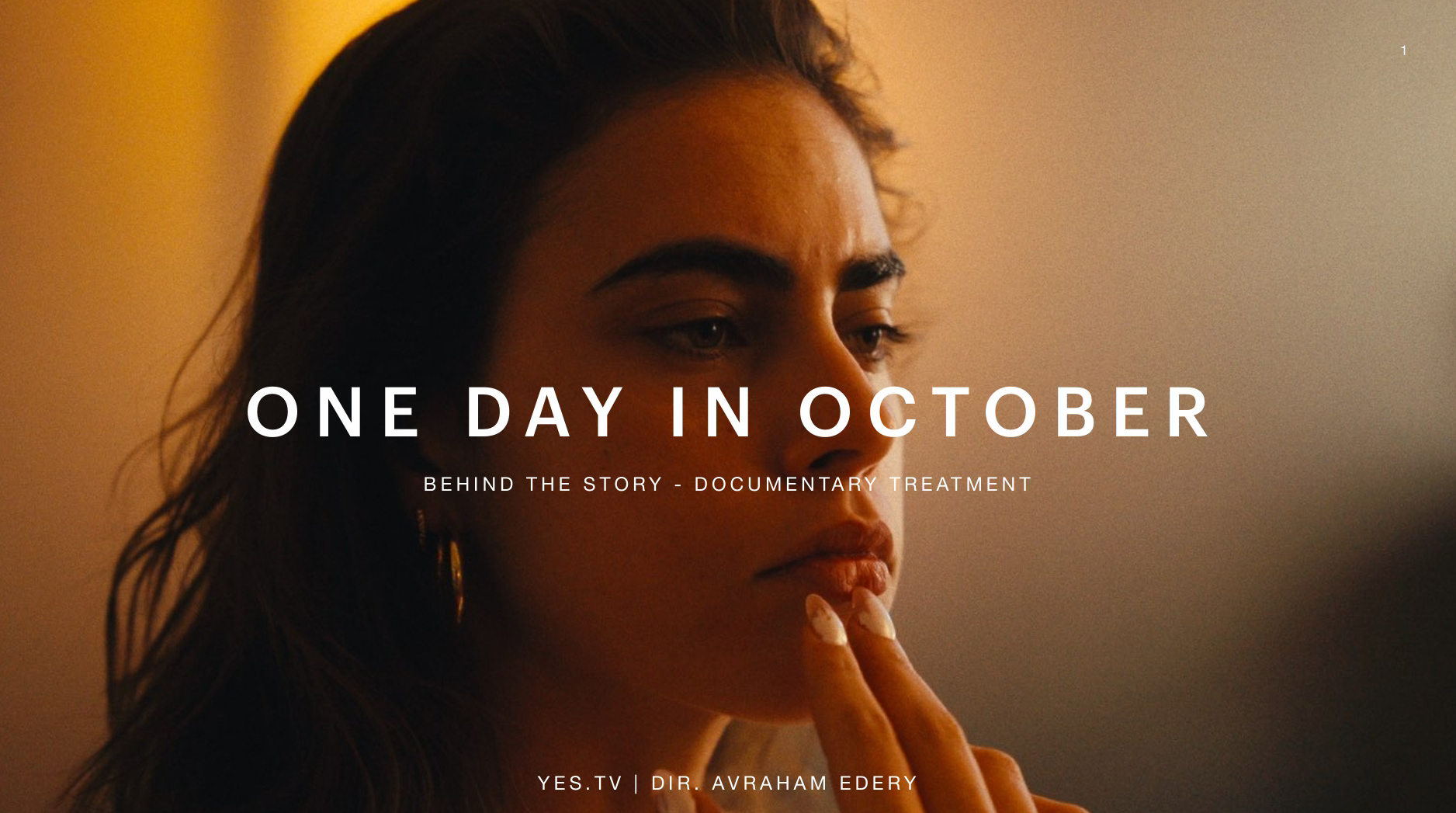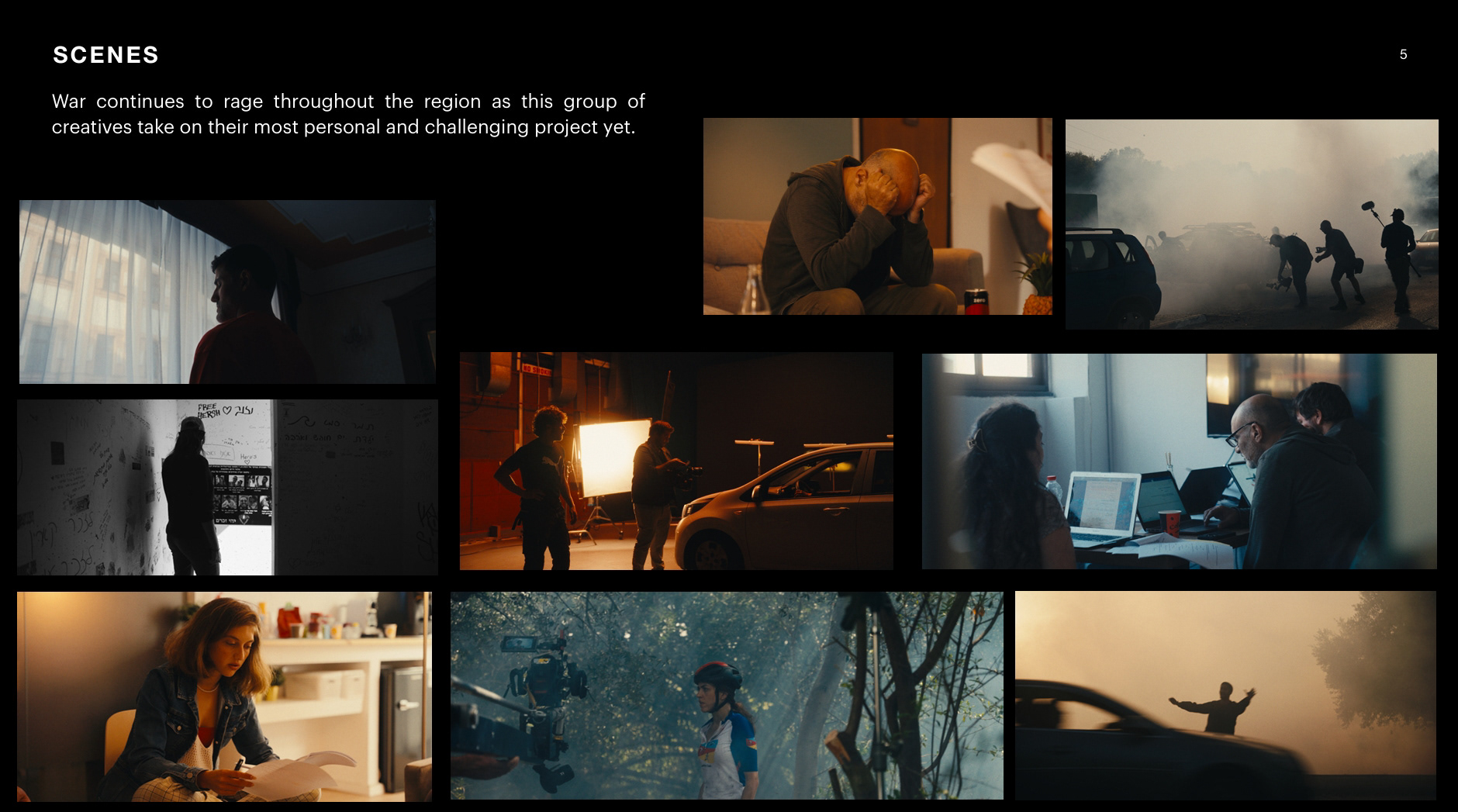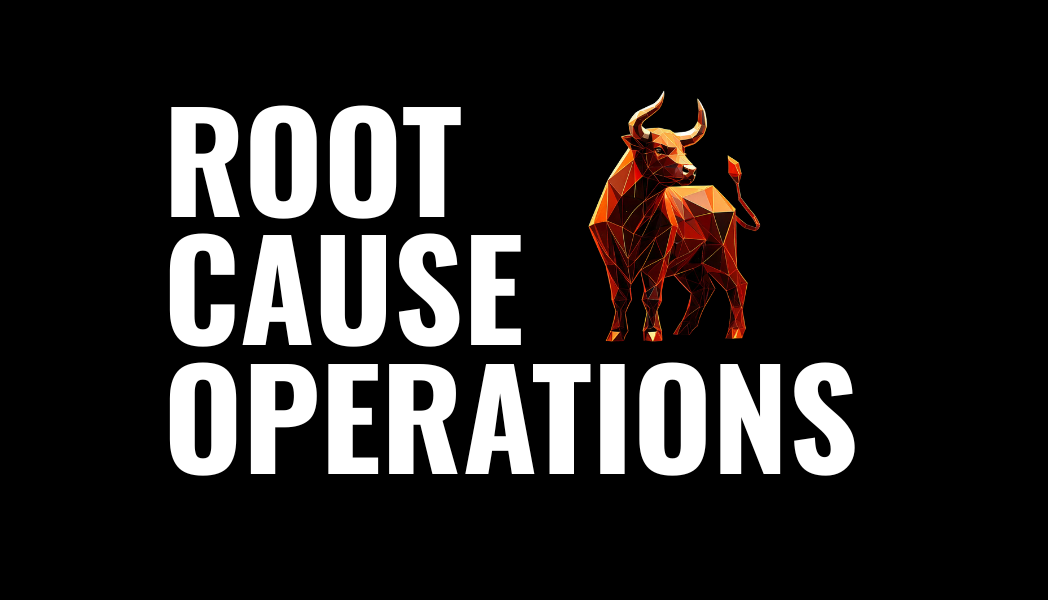HOW $70K IN DEBT NEARLY KILLED AN EMMY-WORTHY TV SERIES


There's a peculiar irony in the world of film production that nobody on Wall Street would ever tolerate: a business can be simultaneously successful and broke. Avraham Edery discovered this paradox the hard way, finding himself stranded multiple times with just $30 in his bank account while his production company was, by most conventional metrics, thriving.
The film industry has a dirty little secret that rarely makes it into the glossy profiles of successful directors and producers. For every celebrated auteur at Sundance, there are a hundred talented filmmakers living project-to-project, caught in the brutal cash flow trap that separates the creatively successful from the financially sustainable.
"When I first met Avraham, he was drowning in a problem that nobody in the industry talks about," explains Esther, an operations coach at Root Cause who specializes in fixing the financial foundations of creative businesses. "He had amazing revenue on paper. He had a documentary about October 7th that had genuine Emmy potential. And he had exactly $30 in his bank account."
The $70,000 Hole
The numbers told a story that would make any financial advisor wince. Despite securing significant production deals and generating impressive revenue, Edery had accumulated $70,000 in debt. His production company existed in a perpetual state of feast-or-famine, with long gaps between payment milestones that left him financially stranded at critical moments.
"It's the classic indie filmmaker trap," Esther explains, as she leans back in her chair during our Zoom interview. "These creative geniuses can convince HBO to fund a documentary, but they can't convince their landlord to wait three months for rent. The deals they're making are fantastic long-term, but they're structured in ways that create these massive cash deserts between payments."
For Edery, this cash flow crisis was an existential threat to his most important project yet. As an independent filmmaker, he had secured the opportunity to create "One Day in October," a documentary series chronicling personal stories from the October 7th Hamas attack on Israel. But the structured payment schedule from previous clients meant he wouldn't see significant portions of his money until whenever it came in.
"It's like being told you can have a million dollars if you swim across the English Channel, but you can't afford the boat to get you to the starting point," Esther says. "The tragedy isn't that these filmmakers aren't talented or that they can't get deals. It's that they're making the right long-term moves while being structurally unable to survive the short-term gaps."
The Revenue Paradox
The most baffling part of Edery's situation was that, on paper, his business was succeeding. He had secured distribution deals. He had funding commitments for his documentary. Industry veterans were excited about his project's potential. But none of this translated to consistent cash flow.
"When I first looked at his books, I almost couldn't believe what I was seeing," Esther recalls. "Here's a guy with confirmed six-figure revenue for the year, but he literally couldn't afford to eat some weeks. The revenue timing was completely disconnected from his actual operating needs."
Being simultaneously successful and broke is common in creative industries but would be considered financial malpractice in most other businesses. In venture-backed startups, for instance, cash flow projections and runway calculations are foundational to survival. But in independent film, the mythology of the struggling artist often masks what is fundamentally a structural business problem.
"The film industry romanticizes financial struggle in a way that Silicon Valley never would," Esther observes. "A tech founder who can't make payroll is seen as incompetent. A filmmaker who can't make rent is just part of the 'paying your dues' narrative. It's bull, and it kills more great projects than any lack of talent ever could."
For Edery, this cash flow crisis was particularly dangerous because his documentary had time-sensitive components. The "One Day in October" project needed to begin filming immediately to capture certain elements and then resume filming the following summer to complete the narrative. Without operational stability, the entire project was at risk.
Engineering the Cash Flow Solution
When Root Cause began working with Edery, they zeroed in on the structural financial problems that were threatening to derail everything.
"I told him straight up: your creative vision means nothing if you can't keep the lights on between milestone payments," Esther says. "We needed to engineer a financial bridge over these payment deserts."
First, Esther helped Edery renegotiate the payment structure for his existing contracts, securing smaller but more frequent installments rather than larger milestone payments. And for some clients, collecting the full amount up front.
"Most producers don't realize you can negotiate payment timing as aggressively as you negotiate the overall amount," she explains. "Distributors don't care if they pay you in four installments or eight, as long as the total stays the same. But for an independent filmmaker, that timing difference can be life or death."
Second, they created a forecast that mapped operational expenses against income with ruthless precision, identifying exactly when cash crunches would occur and developing specific strategies for each potential gap.
"It's not enough to know you'll be short $8,000 in June," Esther says. "You need to know exactly which week in June, exactly which expenses can be delayed, and exactly which revenue sources can potentially be accelerated."
Finally, and perhaps most importantly, they established a cash reserve system that forced discipline during the "feast" periods to prepare for the inevitable "famines." Twenty percent of all incoming payments would go immediately into a separate account that could only be accessed during predetermined cash drought periods.
"Filmmakers are optimists by nature," Esther notes. "They always believe the next big payment is just around the corner. We needed to create a system that protected Avraham from his own optimism."
The HBO Breakthrough
The results of this financial restructuring weren't immediately visible to anyone in the industry. There were no press releases about Edery's improved cash flow. No film festival panels discussed his newly engineered payment schedules. But the impact on his ability to execute was transformative.
With stable operational funding in place, Edery was able to complete initial filming for "One Day in October" on schedule. The quality of the work, uncompromised by financial emergencies, spoke for itself. When HBO executives reviewed the preliminary footage, they immediately recognized its potential and moved to acquire the series.
"People imagine that HBO executives are sitting around evaluating the artistic merit of different projects in some kind of vacuum," Esther says. "But the reality is they're also betting on which producers can actually deliver without drama and crisis. A filmmaker who can't manage their cash flow is a massive risk, no matter how brilliant their vision."
For HBO, Edery now represented that rare combination – a filmmaker with both a compelling creative vision and the operational stability to execute reliably. The network committed to the project, providing the resources needed for the crucial summer filming period that would complete the documentary.
The Invisible Success Factor
The film industry loves to celebrate visionary directors, breakthrough performances, and innovative cinematography. What it rarely acknowledges are the invisible operational foundations that allow creative work to flourish.
"Nobody will ever watch Avraham's documentary and think about his cash flow management," Esther says with a laugh. "That's exactly how it should be. Our success is measured by our invisibility. If viewers are thinking about the subject matter and not about the financial engineering that made it possible, we've done our job."
For Edery, the transformation was psychological. The constant background anxiety of potential bankruptcy had been consuming creative and emotional energy that could now be redirected to his actual work.
"When I asked him what changed after we implemented the new system, he said something that stuck with me," Esther recalls. "He said, 'For the first time, I can think about my next scene instead of my next bill.' That's when I knew we'd succeeded."
The Venture Capital Lesson
There's a broader lesson here for venture capitalists and investors who often focus exclusively on big ideas, disruptive technologies, and total addressable markets. Sometimes, the most significant value creation comes not from radical innovation but from fixing the mundane, operational foundations that allow existing value to be fully realized.
"Every VC wants to fund the next revolutionary idea," Esther observes. "But there's enormous untapped potential in simply making existing businesses work properly at the operational level. Avraham's documentary didn't need a bigger budget or a more compelling topic. It needed a financial structure that wouldn't collapse between milestone payments."
This principle extends far beyond independent film. In every industry, there are successful-but-struggling businesses whose potential is capped not by market size or product quality, but by operational limitations that rarely make it into pitch decks or investor presentations.
"In the venture world, everyone's looking for unicorns," Esther says. "But there's a fortune to be made in taking existing zebras and helping them run without constantly tripping over their own feet."
The $30 Test
The true measure of Root Cause's impact came six months after implementing the new cash flow system. Edery was approaching a critical filming period for "One Day in October," and a major payment from a distributor was unexpectedly delayed by three weeks.
Under his old financial structure, this delay would have been catastrophic – exactly the kind of cash drought that had previously left him stranded with $30 in his account. But with the new system in place, the reserve fund automatically activated, providing operational continuity without any interruption to the creative work.
"The best moment was when he called me about the delayed payment, not in panic but just to keep me updated," Esther remembers. "He said, 'I just wanted you to know it's happening, but we're fine.' That's when I knew the system was working."
Today, Edery's documentary is moving forward with HBO's backing, on schedule for completion and release. The $70,000 debt load is now $50,000 and decreasing. Most importantly, the structural cash flow solutions have created a sustainable foundation for not just this project, but for all his future work.
"The film industry is full of one-hit wonders who made a great documentary or indie feature but couldn't sustain a career," Esther notes. "Not because they lacked talent, but because they never solved the fundamental business problem underneath their creative work."
For investors and financial professionals, Edery's story reveals a category of opportunity that exists in the gap between creative success and financial sustainability. There are countless businesses generating real revenue and creating genuine value that are nevertheless trapped in structural cash flow problems that threaten their existence.
Solving these problems isn't as sexy as funding the next technological revolution. There are no IPOs or unicorn valuations at the end of this rainbow. But there is something perhaps more valuable: the transformation of struggling businesses into sustainable ones, and the unlocking of creative potential that would otherwise remain trapped by financial instability.
In the end, Avraham Edery's "One Day in October" documentary may win awards and acclaim, generating significant returns for HBO and everyone involved. But perhaps the most important story will remain untold – how a filmmaker with $30 in his account and $70,000 in debt engineered a financial foundation that made his creative vision possible.
It's not the kind of story that makes for dramatic cinema. But in the real world of business, it's often these invisible operational transformations that create the most enduring value.
